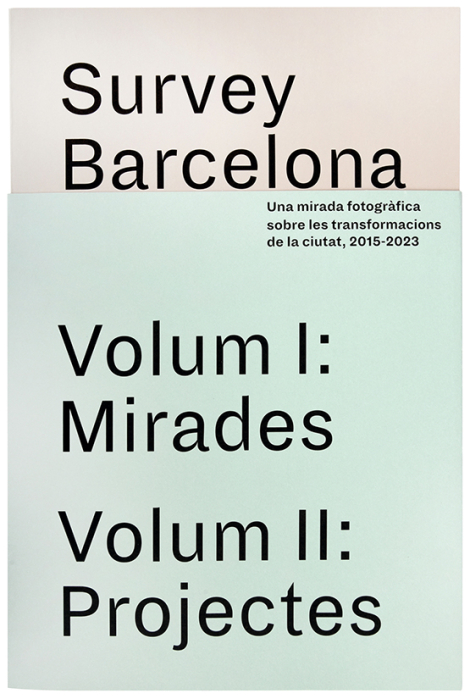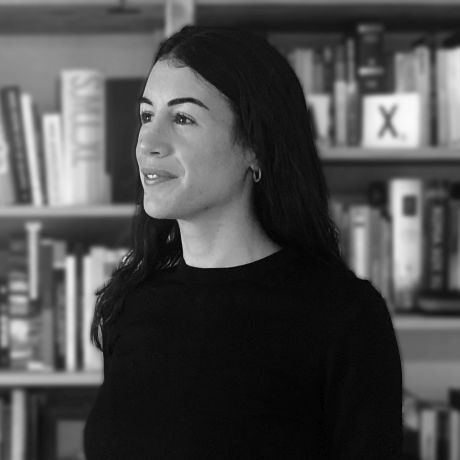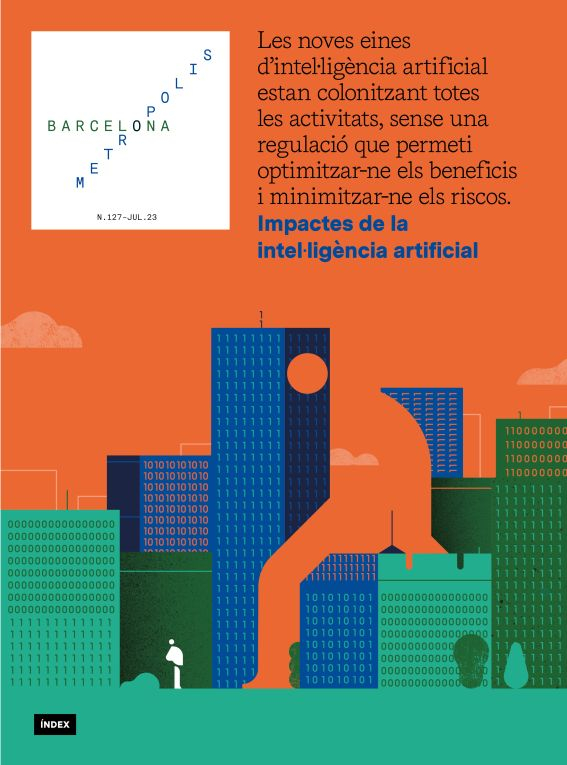‘Survey Barcelona’, a family album of the city
- Books
- Culture Folder
- Jul 23
- 6 mins

Valentín Roma, Adrià Goula and Susan Sontag all concur on the fact that photography needs objectives, but it is not objective. Survey Barcelona, a family album in which we do not find what we expect, is not. A book that, on leafing through it, will awaken our curiosity more than wistfulness and send us out into the street. It will take us to that far-flung neighbourhood and help us discover new spots and shared pleasures. Like a good photo album, this album will help us become acquainted with new members of the family that is the city.
Photo reportages are indeed a tradition in Barcelona; we like to photograph the beauty of the city and, indeed, its rawness too. But the recent edition of Survey Barcelona. Una mirada fotogràfica sobre les transformacions de la ciutat, 2015-2023 [Survey Barcelona. A Photo-Based Overview of the City’s Transformations, 2015-2023] is not just another photo reportage. It is a book devoid of claims of neutrality, laden with intention and emotions, those of a photographer who has chosen to reveal ideas through photography. Adrià Goula has coordinated the two volumes of Survey Barcelona, which are not bound to impress the reader (or rather the viewer).
And where does this obsession with photographing the city and this relentless drive come from? Valentín Roma, artistic director of La Virreina Centre de la Imatge, answers by suggesting some of the reasons behind our determination: he advocates documentary photography as a way to understand history as it unfolds, to bring social emergencies to the fore, and to build a collective subjectivity. But is a book capable of doing all that?
Yes, if we realise that the camera is a tool that is not oblivious to what is happening, because behind it a person who has seen what they are photographing. Photography needs objectives, but it is not objective. Not according to Valentín Roma, nor according to Adrià Goula, nor according to Susan Sontag. Because it does not provide information; it provides concepts masquerading as a perspective. And in this case, Goula has chosen ten concepts that come together in a collective view of Barcelona’s transformations over the last eight years.
Ten perspectives and ten photographers, but not ten neighbourhoods. Traditional reportages tend to divide cities into zones, in which each professional photographs the state of affairs. Well, this latest reportage published by Barcelona City Council breaks with tradition and no longer works by city quadrants or areas. The ten concepts proposed structure the book with varying degrees of energy, based on the photographer’s dexterity and the interest of the subject matter, but, above all, they give us an insight into a city project beyond the city of projects.
The ten concepts proposed give us an insight into a city project beyond the city of projects.
The less anthropocentric perspective is the product of the cameras of Xavi Bou and Joan Diví, who together have photographed life, making the invisible visible, capturing wildlife through their lenses. They help us discover the mating rituals of butterflies in El Carmel, peregrine falcons in the Sagrada Família or hedgehogs, the new tenants of the Clariana grassy clearing in the Parc de les Glòries. Because it is in parks where biodiversity is most evident, where people, fauna and flora come together.
Milena Villalba has photographed parks, where she has found socialisation and play, but also architecture and vegetation, building the city with two hands. Because this is how the city is improved, by combining greenery and construction with unexpected uses and functions. And this is how Andrés Flajszer, who has photographed the uses, has understood it. It is certainly a complicated undertaking, assuming that the photographer is capable of immortalising people’s movements. Flajszer attempts to do so, and manages to do so by accepting that chaos is nothing more than the overlapping of orders, and that his aim is to capture them. If we add twelve hours to this chaos, life darkens and gives way to night. Yes, night, when all cats are brownish-grey, when we don’t see the bad and the improper is hidden. It is then that Aitor Estévez’s camera acts as a paparazzo to uncover new uses for those spaces, objects and places that are humdrum in the sunlight.
 Survey Barcelona. Una mirada fotogràfica sobre les transformacions de la ciutat, 2015-2023. Ajuntament de Barcelona, 2023.
Survey Barcelona. Una mirada fotogràfica sobre les transformacions de la ciutat, 2015-2023. Ajuntament de Barcelona, 2023. And now let’s leave the camera almost at ground level and look at the surface through the eyes of Pedro Pegenaute. The panot tiles, the cobblestones and the asphalt, loads of asphalt. Too much, perhaps. Pegenaute’s surfaces are neither flat nor boring; they are curvy, guilty, dangerous and fun. They are the places from which we peer at the sky, engrossed, or at the air, as Jon Tugores would say. The photographer has focused on the unseen: the air from the air. And his photographs make us wish we were Godzilla or any other Yankee apocalyptic movie monster, lucky enough to see the world from above. To see the green that Simona Rota captures with an infinite chromatic Pantone range. We will also be able to see the architecture photographed by Adrià Goula embedded in the city as if it had always been there. But there is one thing Godzilla could not do: he could not get into our homes. He could not see how different two identical houses are when we occupy them and fill them with life, as Maite Caramés’ camera explains. Nor would he be able to enjoy the Benthamian interiors that Pol Viladoms discovers in the furnishings and fittings. And that is something I wouldn’t trade Godzilla for anything.
Two volumes filled with photographs, the kind we would all like to look at over and over, almost as if they were family albums.
Two volumes filled with photographs, the kind we would all like to look at over and over, almost as if they were family albums that we dust off once in a blue moon. Perhaps because in a certain way they are. Because the city becomes, through the spontaneous gaze of ten photographers, part of our family. Because through this book we get a closer look into their private and everyday lives. And, let’s not fool ourselves, we like it. We like it as much as we like opening our old photo album and remembering past times. Only, with this photo reportage, there is no need to feel wistful, we just have to go out and enjoy the city, here and now.
Survey Barcelona. Una mirada
fotogràfica sobre les transformacions
de la ciutat, 2015-2023
Barcelona City Council, 2023.
Two volumes
312 pages
The newsletter
Subscribe to our newsletter to keep up to date with Barcelona Metròpolis' new developments




